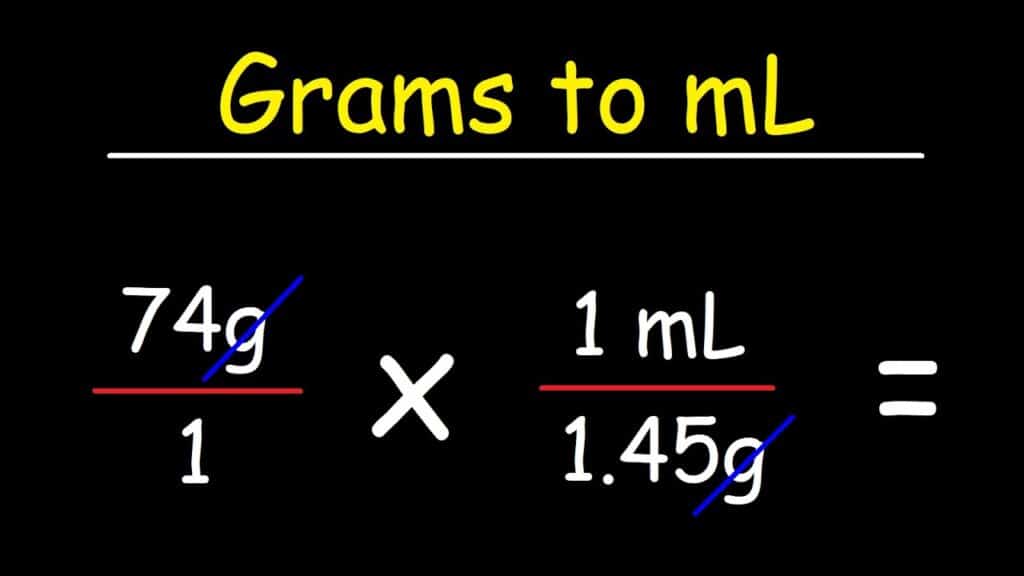760
If you want to convert milliliters (ml) to grams (g), this can be either very easy or more difficult, depending on the liquid in question. This is because the density of the liquid plays a decisive role here.
ml to g: How to convert milliliters to grams
Converting milliliters to grams is generally very easy. The conversion formula is: weight (g) = volume (ml) x density (g/ml). The problem is that not every liquid has the same density, which can make the conversion more complicated.
- The relationship between volume, i.e. liters, milliliters, etc., and weight is established by means of density. This means that weight in grams can be calculated by multiplying the volume in milliliters by the density.
- The density of water is 1 g/ml. It can therefore be converted 1:1, so that 100 ml of water also corresponds to 100 g.
- Milk has a slightly higher density than water, so this 1:1 conversion is no longer accurate. However, this is still fine as a rough guideline for household use.
- If you want to determine the density of a liquid, measure out 100 ml and weigh this amount. Then divide the weight by the volume to obtain the density in g/ml.
Special features when converting different liquids
If you want to convert milliliters (ml) to grams (g), you should take into account the individual properties of each liquid. Here are some important points to keep in mind:
- Alcohol has a lower density than water, which means that 100 ml of alcohol weighs less than 100 g. For example, ethanol has a density of approximately 0.789 g/ml. For mixed drinks or spirits that contain water and alcohol, you must take into account the density of each ingredient.
- Oils and fats generally have a density lower than that of water. For example, olive oil has a density of approximately 0.92 g/ml. When converting milliliters to grams, you must take into account the specific density of the oil or fat used.
- Honey has a density of approximately 1.36 g/ml, which means that 100 ml of honey weighs more than 100 g. Syrup varies depending on its sugar content, but is in a similar density range.
- Some liquids, such as mercury or glycerin, have a very high density. Glycerin, for example, has a density of about 1.26 g/ml, while mercury is 13.6 g/ml. These differences are particularly important in industrial applications or laboratory testing.
- Note that the density of liquids is temperature-dependent. A liquid may have a lower density at higher temperatures, which can affect the conversion from ml to g.

